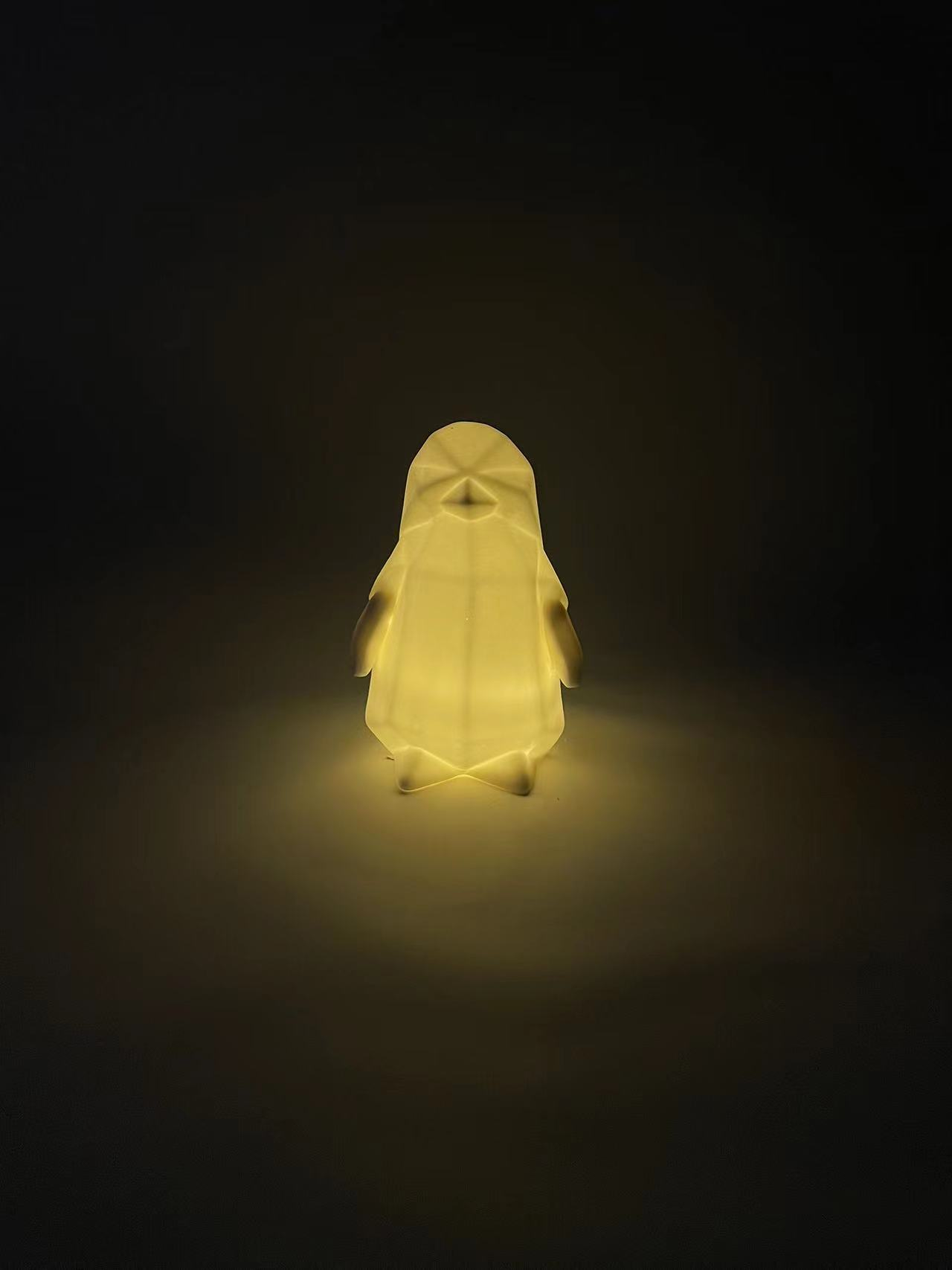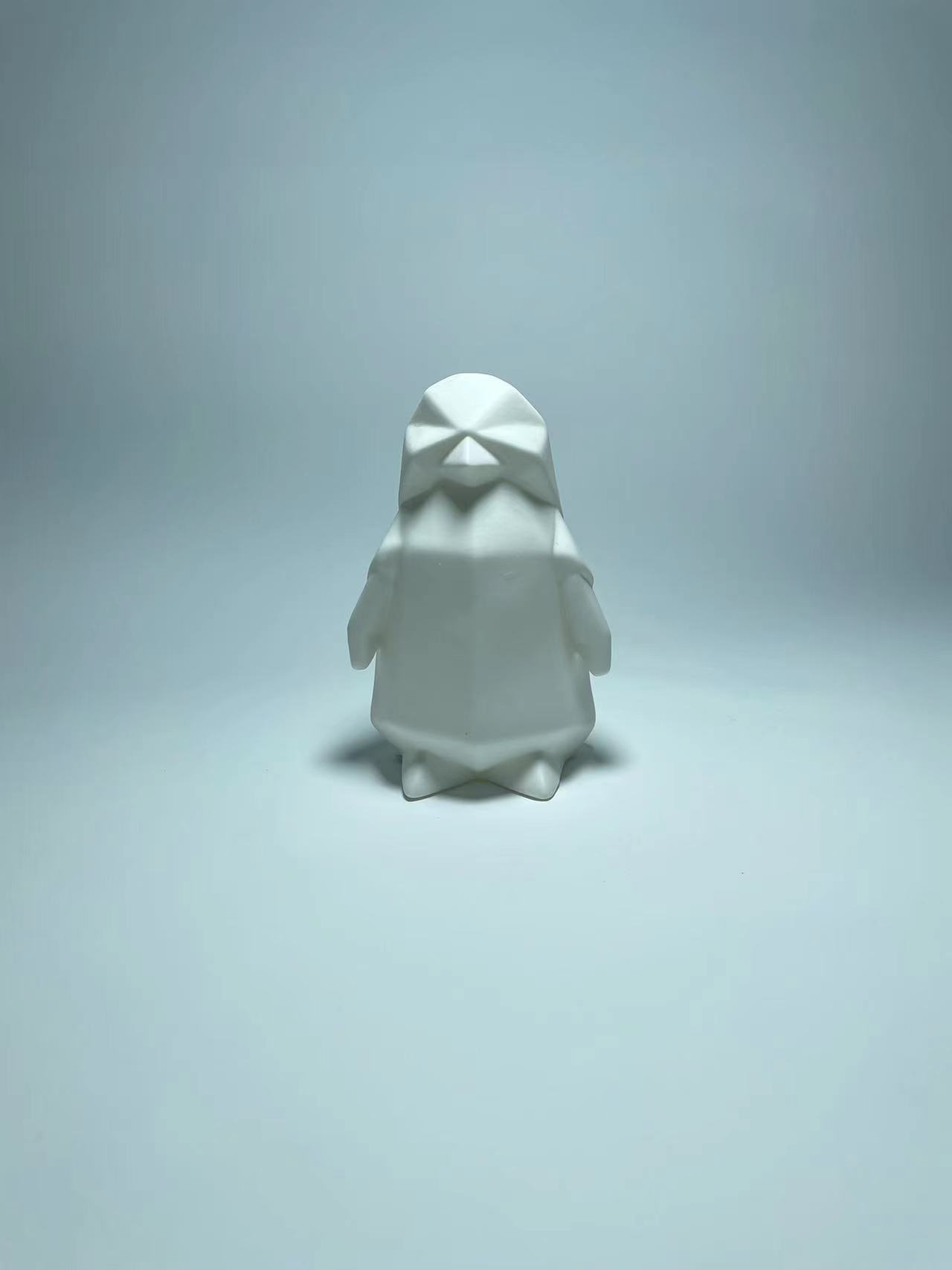Mud refining: porcelain stone is taken from the mining area. First, it is crushed to the size of an egg by hand with a hammer, then it is pounded into powder with a water hammer, washed, removed impurities, and precipitated into brick-like mud. Then mix the mud with water, remove the slag, rub it with both hands, or step on it with feet to squeeze out the air in the mud and make the water in the mud even.
Draw blank: throw the mud ball at the center of the pulley wheel, and draw the rough shape of the blank body with the bending and extension of the hand. Drawing is the first process of forming.
Printing blank: The shape of the printing mold is formed by rotating and cutting according to the internal arc of the blank. The dried blank is covered on the mold seed, and the outer wall of the blank is evenly pressed, and then the mold is released.
Sharpening the blank: put the blank on the sharp bucket of the windlass, turn the turntable, and use a knife to cut the blank to make the thickness of the blank proper and the surface and inside smooth. This is a highly technical process. Sharpening, also known as "trimming" or "spinning", is the key link to determine the shape of the utensil finally, and make the surface of the utensil smooth and clean, and the shape consistent and regular.
Drying preform: place the processed preform on the wooden frame for drying.
Carving: use bamboo, bone or iron knives to carve patterns on the dried body.
Glazing: common round ware adopts dip glaze or swing glaze. Blown glaze for chipping or large round ware. Most ceramic products need to be glazed before being fired in the kiln. Glazing process seems simple, but it is extremely important and difficult to master. It is not easy to ensure that the glaze layer of all parts of the body is uniform and the thickness is appropriate, and also pay attention to the different fluidity of various glazes.
Kiln firing: first, put ceramic products into a sagger, which is a container for firing ceramic products, and is made of refractory materials. Its function is to prevent direct contact between the ceramic body and the kiln fire and avoid pollution, especially for white porcelain firing. The kiln burning time is about one day and night, and the temperature is about 1300 degrees. Build the kiln door first, ignite the kiln, and use pine wood as the fuel. Give technical guidance to the workers, measure the temperature, master the temperature change of the kiln, and determine the ceasefire time.
Colored painting: The overglaze color, such as multicolor and pastel, is to draw patterns and fill colors on the glazed surface of the fired porcelain, and then burn it in the red furnace at low temperature, with a temperature of about 700-800 degrees. Before firing the kiln, paint on the body of the body, such as blue and white, underglaze red, etc., which is called underglaze color. Its characteristic is that the color never fades under the high-temperature glaze.



